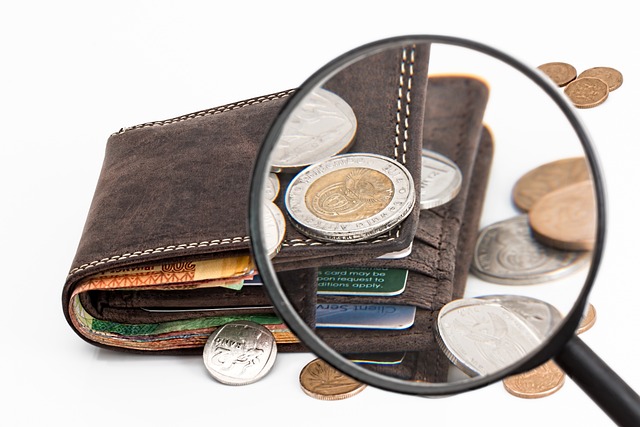How to Start Investing with Little Money

Investing can seem intimidating and out of reach for many people, especially those with limited financial resources. But, the good news is that with a little bit of savvy and a few smart investments, you can start investing with little money and still reap the rewards of your financial decisions. Read on to find out how to get started investing with a limited budget.
Outline
- Understand the Basics of Investing
- Research Different Investment Options
- Choose Low-Cost Investment Options
- Start with a Small Amount of Money
- Set Up Automatic Investing
- Diversify Your Portfolio
- Monitor Your Investments
Understand the Basics of Investing
Before you start investing, it’s important to familiarize yourself with the basics of investing. Knowing the different types of investments, such as stocks, bonds, mutual funds, and ETFs, will help you make better decisions. You should also understand the different risks associated with each type of investment, as well as the potential rewards. This will help you create an effective and efficient investment strategy that fits your needs and goals.
Research Different Investment Options
Once you understand the basics of investing, it’s time to start researching different investment options. Look for low-cost investments that offer good returns but won’t break the bank. Look for investments with a long-term horizon, as these can be more forgiving over time. Consider investments that are backed by reliable companies, so you know that your money is in good hands.
Choose Low-Cost Investment Options
When you’re investing with little money, it’s important to look for low-cost options. Look for investments with low fees and commissions, as these will help you maximize your returns. Exchange-traded funds (ETFs) are a great option for those investing with limited funds, as they’re relatively low-cost and offer a diversified portfolio. Mutual funds are also a good choice, but be sure to read the fine print to understand any additional fees or costs associated with the fund.
Start with a Small Amount of Money
When it comes to investing with little money, it’s best to start small. You don’t have to make a big investment right away; you can start with as little as $100 or even less. This will help you get comfortable with the process and start to understand the different types of investments. Plus, it will give you the chance to test out different strategies without risking too much of your money.
Set Up Automatic Investing
One of the best ways to start investing with little money is to set up automatic investing. This means that a certain amount of money will be taken from your bank account each month and invested in a portfolio of your choice. This way, you can slowly build up your portfolio over time without having to worry about making manual investments.
Diversify Your Portfolio
When you’re investing with little money, it’s important to diversify your portfolio. By investing in a variety of assets, you can reduce the risk of losing money. For example, you may invest in both stocks and bonds, or invest in different sectors or industries. This way, if one investment fails, you won’t lose all of your money.
Monitor Your Investments
Finally, it’s important to monitor your investments regularly. This will help you stay up to date on market trends and ensure that your investments are still performing well. Additionally, it’s important to adjust your portfolio as needed to ensure that it’s still in line with your goals and objectives.
Conclusion
Investing with little money doesn’t have to be intimidating. With the right strategy and research, you can start investing with limited resources and still reap the rewards of your financial decisions. By understanding the basics of investing, researching different investment options, choosing low-cost investments, setting up automatic investing, diversifying your portfolio, and monitoring your investments, you can start investing with little money and reach your financial goals.


